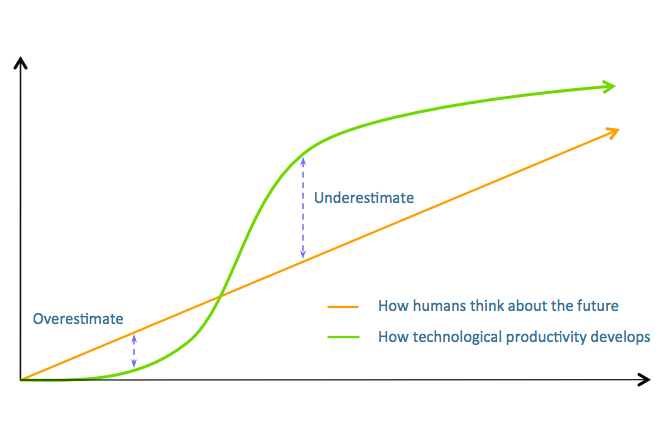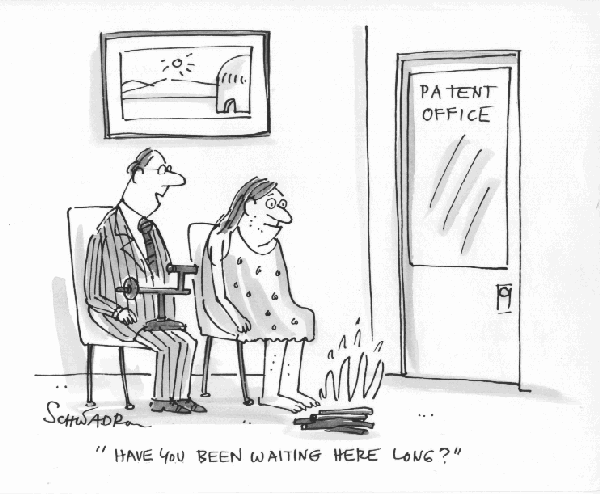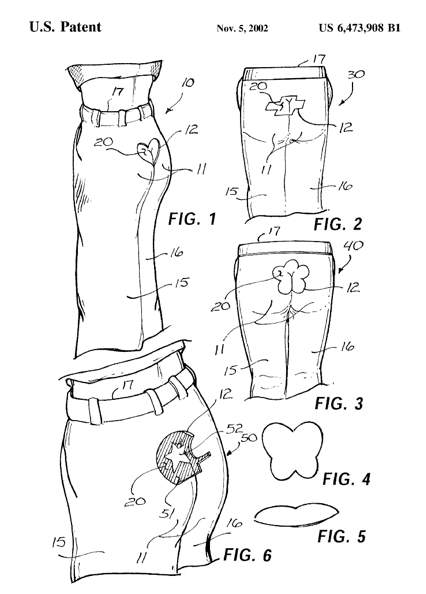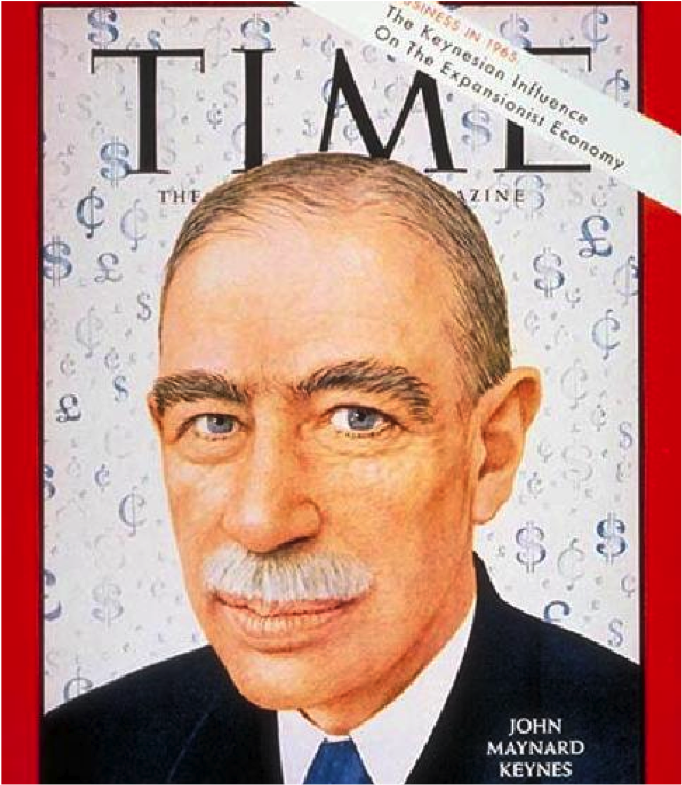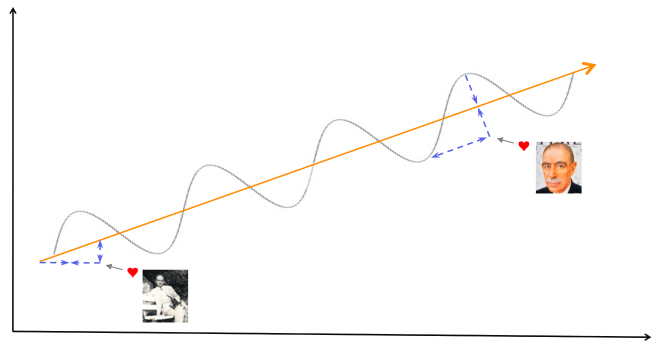 http://blog.pradprathivi.com/2010/05/15/the-concept-of-freemium/
http://blog.pradprathivi.com/2010/05/15/the-concept-of-freemium/
The freemium business model has become pretty pervasive ever since the term was coined on Fred Wilson's blog. There’s even a Freemium Summit now, and Salesforce.com just made some waves announcing their first real freemium product.
But despite the rise in prominence, I haven't seen a lot of good frameworks for determining how freemium should be executed; mostly I see isolated case studies. I thought I’d give a crack at something a little broader. I’ll assume we’re talking about 'true freemium' here – i.e. includes an offering that is useful to a substantial set of users and is indefinitely free. Free trials (trymium?) don’t count. I’ll also leave out discussion of ad-supported approaches for now.
-----
Resource Efficiency
First off, I think any business considering a freemium model needs to be able to deliver its core product with a lean resource base, at least during initial stages. If this isn’t true, the freemium option is probably a non-starter. After all, you’re counting on maybe only a percent or two of your entire user base ever paying you a dime. I see companies like Ning abandoning their free products, and then I see how much capital they’ve raised that they’re expected to make a return on, but before the fundamental freemium model has been proven. For freemium in particular, I think that's a backwards approach to scaling (see lean vs. fat startup debate for more).
-----
After ticking the efficiency box, there are two dimensions I focus on:
Product Enhancement
This is the obvious one – most profit-maximizing businesses recognize they have to offer more to paying customers vs. those using the free product. The key is deciding where to draw those lines. This can be done using tactics like cohort analysis, A/B testing, price sensitivity analysis and general funnel management. You can get very scientific about it, and there's probably an art to it too, but for those singularly focused on converting free to paid, you at least you have a pretty clear objective. In cases, however, where scale in the overall user base is important as well, you may need to be a bit more strategic. More on that later.
User Interdependence
This is the component that I’m consistently surprised is overlooked, or at least not given its due. When you’re giving away your product to so many users for free, in many cases there are interdependencies that can emerge among them. Some may be more natural than others - e.g. for a company like LinkedIn or Skype, the user-to-user connections are pretty self-evident. But even taking a service with a seemingly standalone customer it’s often possible to draw interdependencies out to produce some base level network effect; i.e. Metcalfe's Law (although probably not to an n2 degree). At the very least, this will make your product less vulnerable to substitutes since it'll be less attractive to switch.
Let's take TurboTax as an example. You can use their free service if you have low gross income or a basic filing or you can pay for more complicated filings, additional state returns and/or ancillary services. This could easily be siloed for a given user, but Intuit realizes there’s value to showing how your tax return compares to the rest of their user base, as well as providing online forums for advice on money management from their community. Even if these aren’t primary motivators in the initial purchase process, they at least help with customer satisfaction and retention. Competitor X may have a couple features that are better, but they can't give me the benefits of accessing a large network of other users.
Four Flavors
Combining the two dimensions above, we can organize them into a tidy 2x2 matrix that any MBA or management consultant could love (I was guilty of both), from which four freemium models can be described:
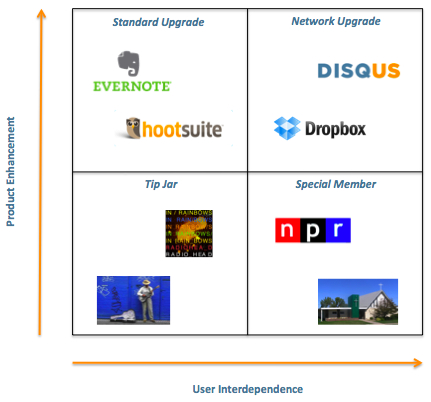
- The Tip Jar Approach: Here, everyone gets pretty much the same product. Some throw you a bone out of a sense of charity or obligation. This is how street performers earn a living, and basically what Radiohead’s famous In Rainbows experiment was about (although they eventually ended it, which is probably telling). "Donate" buttons on some sites and services across the web are also examples of this.
- The Special Member Model: Everyone gets the same core product here too, but there's an added benefit that users get from the community aspects of the product. A church is an age-old example. NPR stations are another – I can listen to KCRW for free all I want, but I can also pay a little something and get a tote bag to show others I support public radio and get invited to exclusive events with other progressive, hip, pretentious members like me ;)
- The Standard Upgrade Model: I think this is what most people think of when they hear “freemium.” I pay to get more stuff than the free product has. Pretty simple. But that’s really all the additional value I get. Evernote and HootSuite – both great services – would fall in this camp as would many others. It's certainly possible to build a solid business with this approach, especially if marginal costs and revenues are aligned and conversions are executed well, but I’d argue there’s a missed opportunity here, namely…
- The Network-Upgrade Model: Ah yes. Up and to the right - where the magic happens. This is where you’re not only providing more value to the user in enhanced product attributes, but you’re also providing them more value from the interdependencies that exist from the rest of the user network. In addition to LinkedIn and Skype, more contemporary examples of companies adopting this model include Dropbox and Disqus (disclosure: I work for Disqus so consider me heavily biased). Dropbox and Disqus are particularly apt examples given their comparatively lean resource bases.
For-Profit vs. Not-for-Profit (y-axis)
Looking along the vertical axis, it’s apparent that the non-differentiated product is probably not viable for most profit-seeking enterprises. The examples on the bottom two quadrants are pretty much all not-for-profit (including the Radiohead example I’d argue), and often have to rely on subsidies from other sources (e.g. grants for NPR, being rich and bored for Thom Yorke). Not that surprising really.
Marketing vs. Marketing AND Product (x-axis)
Moving across the horizontal axis, though, it’s more interesting. You realize that those to the left are mostly using the free product as a marketing vehicle, whereas those on the right get to leverage the free product as both a marketing/conversion vehicle and a major component of their core product’s value to the user. i.e. The free Dropbox service not only helps me enter their conversion funnel, it also makes Dropbox way more valuable to me since a lot more people, some of whom I’m going to want to transfer files to or from, are going to use Dropbox. Similarly, the core Disqus service for publishers to enhance their comment discussions is free and might lead me as a blogger to purchase one of their premium add-on packages one day. But even if I never do, I've now done my small part to make the Disqus network that much more expansive and have increased the federation and cross-pollination benefits for all other website communities using Disqus, whether TechCrunch or some random Tumblr blog like this one (wtf?).
In summary - if it’s not already obvious - I’m a big proponent of that upper-right, ‘Network Upgrade’ box. I think it’s a missed opportunity to not move in that direction for so many freemium businesses out there that may not think to build in those dynamics. And per the TurboTax example, even if it's not a primary consideration, I don’t think you have to be a purely intrinsic network to produce the sorts of interdependencies we're talking about.
-----
Bonus: Freemium Networks - Head and Tail, Go for Scale; In the Middle, Monetize More Than a Little <sorry, I desperately wanted that to rhyme>
So if you buy into all this, a logical question is: How do I balance the sometimes competing priorities of scaling to produce network effects vs. making billz?? (I mentioned I'd get back to this in the Product Enhancement section above.)
Well, here’s one thought on that, especially for cloud/software as service. On average, your smallest users presumably have the least to spend but may well comprise a large base of users, particularly given the theory of long tails. Therefore, focus your efforts on scaling on that part of the curve like a mofo. Make sure your free product serves that segment really well.
On the other end of the curve are the big fish – they probably have some money to spend, but they are limited in number, may be slower to move and most importantly, may be as or more valuable as vehicles for scaling. I wouldn’t necessarily give away your product to them – chances are they are going to want more than your free version provides, and plus they tend to be suspicious of free lunches. But in this scenario, it may behoove you to price at or near cost as opposed to trying to make a big margin from them. They have lots of strategic value in terms of expanding your user network and/or lending brand credibility.
Finally, there’s that juicy middle part. This is potentially your sweet spot where you have prospective users who have money to spend and are relatively plentiful, but it’s not the end of the world if they don’t end up using you because they don’t account for that much scale in aggregate. Plus, they’re probably less expensive to serve relative to the big guys in terms of upfront sales effort and hand-holding.

This is of course theoretical and somewhat simplistic. There will be exceptions and overlaps for sure. But if you are a believer in the Network Upgrade model, think about the monetization vs. scaling balance in this way. It may make sense for the long-term value of your freemium business.
And above all, think about how you can use free as a way to make Metcalfe's Law work for you, not solely as a means to convert to paid (but don't slouch on that either).
-----
Thanks to Ki Mae Heussner, Raghav Gupta, Sachin Agarwal and Daniel Ha for reading drafts of this, and to Paul Graham for giving me the idea to do this thanking bit so I look like a mentsch.
This article was also published on Business Insider -- comments may be viewed and submitted to the same discussion thread there as well.


 October 9, 2014 |
October 9, 2014 |  Post a Comment
Post a Comment 